Hello, Everyone!
Apostrophes can be used to indicate ownership or possession. For example:
- The boy’s crayons
- The boys’ crayons
アポストロフィーは、どこに来るべきなのでしょう?
Should the apostrophe be placed before or after the “s”?
So does the apostrophe go before the “s” or after the “s”? Here is a wee guide for you:
Remember in the two examples above, “boy” and “boys” are the possessors. The position of the apostrophe has zero to do with “crayons.” That word can be singular or plural. It has no import as to where the apostrophe is placed. For example:
- One boy’s crayon
- One boy’s crayons
- Two boys’ crayon
- Two boys’ crayons
The apostrophe-placement ruling seems quite straightforward, but there are exceptions.
所有を表すアポストロフィー、例外も覚えよう!
An exception to the rule: plural words that don’t end “s”
The most main exception is when the plural doesn’t end in “s”, for example: children; women; people; men. The apostrophe is placed before the “s” even though they’re plural. For example: children’s toys; men’s perfume. So…
To show possession, if the plural ends with -s, add an apostrophe after the “s”.
For example: the boys’ kites, the knights’ chargers, General Motors’ mission statement.
If the plural doesn’t end with -s put the apostrophe before the “s”.
For example: the children’s teacher, the oxen’s yoke.
Apostrophes can also be used in when talking about time.
For example: “a month’s salary” and “two hours’ notice.”
Where to place the apostrophe when talking about time is quite simple: the apostrophe goes before the “s” for one unit of time.
For example: one month’s salary and after the “s” when it’s more than one. For example: two months’ salary.
I hope this will help you to remember where to place the apostrophe when talking about possession.

長く日英翻訳に携わっており、どうすれば英語として自然かをうまく説明できる人気の講師!間違うことを恐れず、まずは書くことが大切であるというのをポリシーにしています。
座右の銘は「Never be afraid to always try new things and places, and enjoy life to its fullest.」
※このブログでは英語学習に役立つ情報アドバイスを提供していますが、本ブログで提供された情報及びアドバイスによって起きた問題に関しては一切、当方やライターに責任や義務は発生しません。
※ここでの情報や助言を参考に英文を書いたり下した判断は、すべて読者の責任において行ってください。ここに掲載されている記事内の主張等は、個人の見解であり当社の意見を代弁・代表するものではありません。
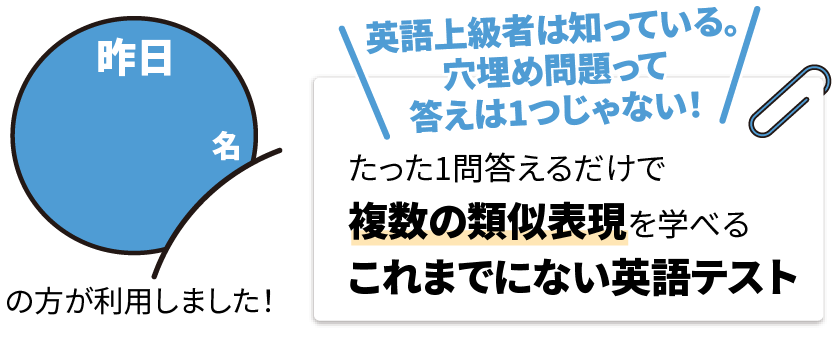




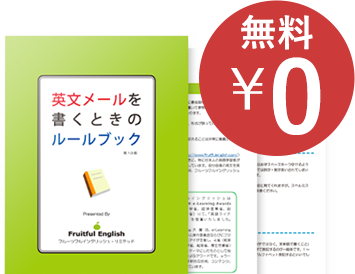
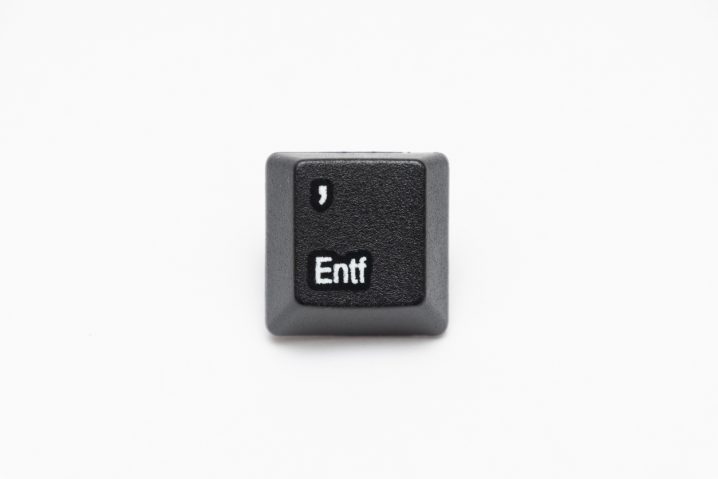

 (3 イイネ!が押されています)
(3 イイネ!が押されています)









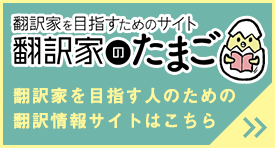

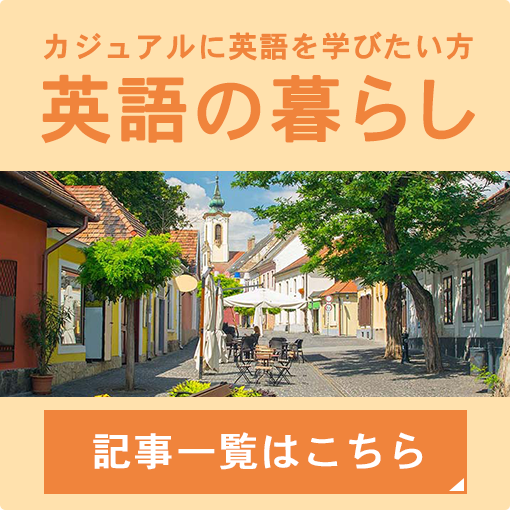
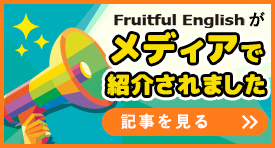















コメントする